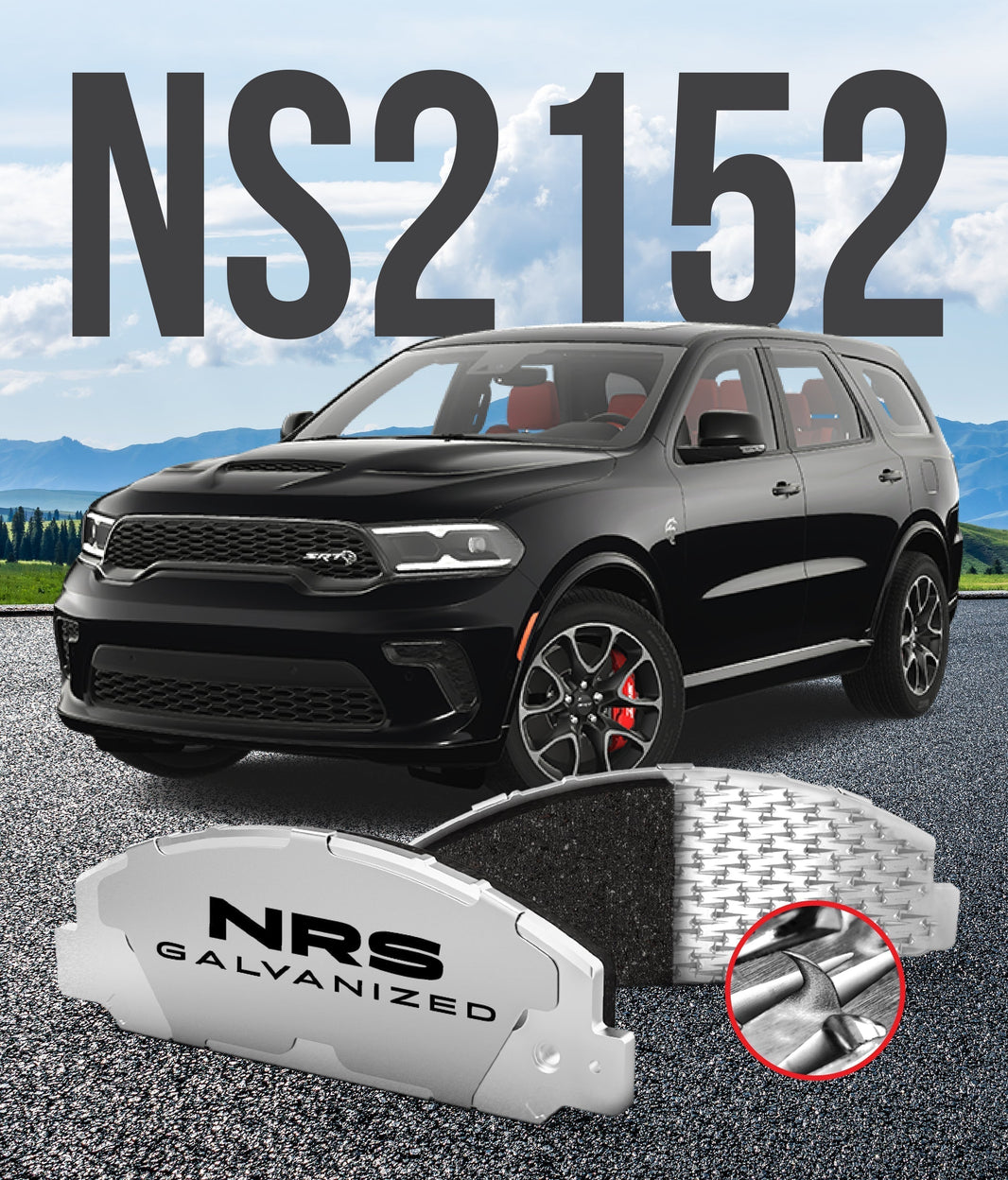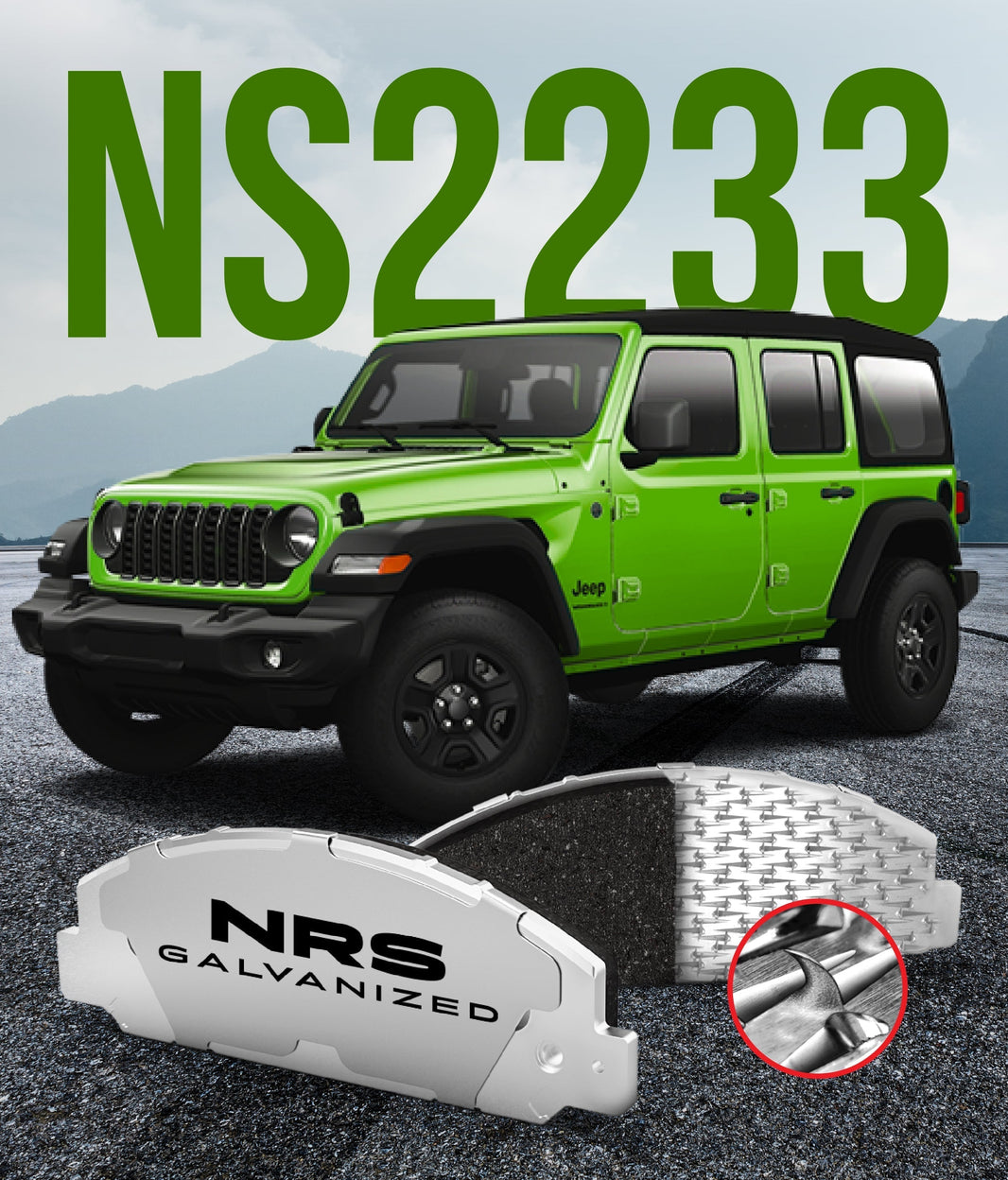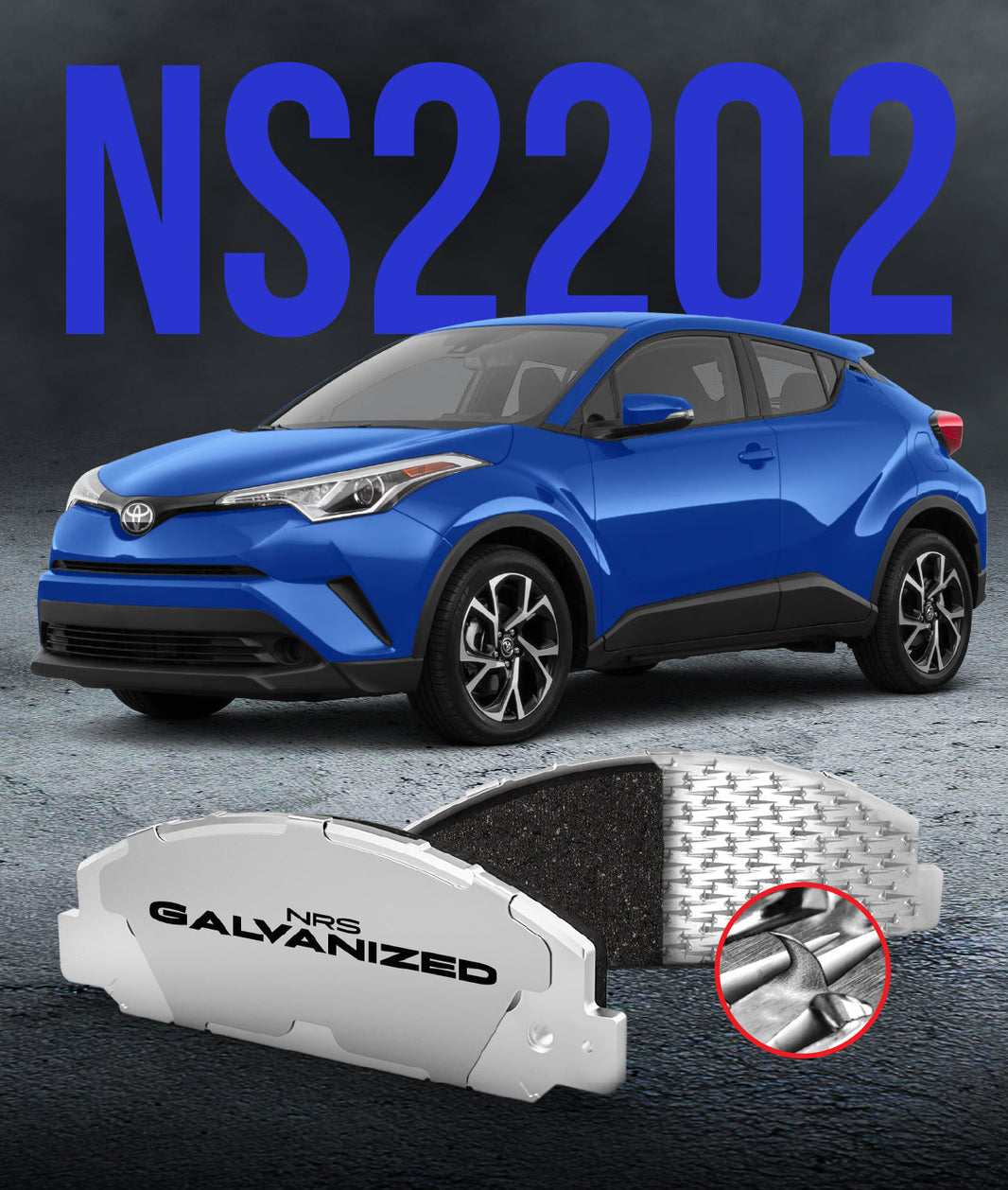
When you press the brake pedal, triggering the critical sequence to slow down or stop, it’s the wheel brakes that do the real work. Located at each corner of your vehicle, wheel brakes are responsible for converting kinetic energy — the energy of motion — into heat, bringing thousands of pounds of metal, plastic, and passengers to a safe, controlled halt.
While the overall braking system includes the master cylinder, brake booster, and hydraulic lines, the friction and stopping force happen directly at the wheels. So, what exactly goes on inside that crucial space?
Let’s dive into the world of modern wheel brakes, explaining precisely what they are, why they’re vital for your safety, and how the latest technologies — like those engineered by NRS Brakes — are reshaping performance, longevity, durability, and reliability. We’ll break down the latest components, discuss the advanced materials now being used, compare braking types, and share essential maintenance and upgrade tips to keep you ahead of the curve.
Defining Wheel Brakes: The Final Word in Stopping
The term "wheel brakes" refers specifically to the assembly of parts located at each wheel hub, directly responsible for generating friction to stop your vehicle. These components aren’t optional — they’re the final and most critical link in your car’s braking chain.
Think of it like a team:
- Brake Pedal = Quarterback
- Master Cylinder and Hydraulic Lines = Offensive Line
-
Wheel Brakes = The Defense, making the game-saving tackle.
No matter how well your brake pedal or hydraulic system performs, it's the condition of the wheel brakes that truly determines stopping power — which is why modern, rust-proof, high-durability components like NRS Brakes' 2025 lineup are a game-changer.
Components of a 2025 Wheel Brake System: The Key Players
Today’s wheel brake assemblies are more advanced and resilient than ever, but they still revolve around a few critical parts:
Disc Brake System Components:
Rotors: Typically cast iron or advanced carbon-composite for performance models. In 2025, lightweight, heat-dissipating designs with optimized cooling slots or vents are standard even in mid-range vehicles.
Brake Pads: The contact surface that presses against the rotor to create friction and slow the vehicle. Brake pads convert the kinetic energy of the car into thermal energy during braking.
Calipers: Hydraulic clamping devices now commonly using lightweight aluminum, with improved multi-piston designs for better clamping force and even pad wear.
Brake Hardware: Includes clips, shims, springs, and slider pins, crucial for noise reduction, proper pad alignment, and smooth operation. High-quality hardware now often comes pre-coated for rust resistance.
Each of these elements must be precision-engineered and maintained for optimal performance. Even a small clip failure can result in uneven wear, noise, or reduced braking ability.
NRS Brakes: Leading Edge Engineering for 2025
NRS Brakes continues to set the benchmark for aftermarket brake pads in 2025, with innovations unmatched in the industry:
-
NRS Galvanized Advantage:
NRS Brakes' use of galvanized zinc-plated steel backing plates resists rust far better than traditional painted or coated plates. In today's demanding conditions (salted roads, debris, moisture), this ensures the pad maintains structural integrity throughout its life and will NEVER delaminate from the backing plate which is a root cause from poorly made brakes. Not NRS. -
Patented NRS Hooks:
Instead of adhesives (which degrade under heat and moisture), hundreds of precision-formed hooks physically attach the friction material to the backing plate. This mechanical bond makes delamination virtually impossible, even under severe braking conditions. -
OEM Fit Tolerances:
Designed to fit exactly like factory parts, NRS brake pads guarantee perfect installation and performance right out of the box — a crucial point with today's tighter, performance-focused caliper designs. -
New 2025 Formulations:
Updated friction material blends now offer even quieter operation, less brake dust, higher fade resistance, and longer service life — crucial in modern vehicles where heavier curb weights and regenerative braking place new demands on traditional pads.
How Wheel Brakes Work: Friction, Heat, and Physics
Braking works by converting your vehicle’s kinetic energy into heat via friction. When you press the brake pedal:
-
Hydraulic pressure pushes the caliper pistons outward.
-
Brake pads are forced against the spinning rotors.
-
The resulting friction slows and eventually stops the rotation.
In 2025, with more powerful EVs and SUVs on the road, effective heat management is more important than ever. Modern rotors often feature cooling vanes, special coatings, and high-carbon content to dissipate heat faster and resist warping.
NRS Brakes’ galvanized backing and hooked attachment system contribute here too: by ensuring consistent pad-to-rotor contact, they improve heat distribution and reduce the risk of brake fade.
Maintenance and Troubleshooting: Staying Ahead in 2025
In a world of smart cars and connected diagnostics, some things still require basic, hands-on care — and brakes are one of them.
Maintenance Tips:
-
Inspect at least once a year (or every 12,000 miles) for pad thickness, rotor surface condition, and hardware integrity.
-
Replace brake fluid every 2-3 years, regardless of mileage — modern fluids still absorb moisture over time.
-
Use high-quality pads like NRS Brakes to extend intervals between replacements.
-
Listen for signs like squealing, grinding, vibrations, or a soft brake pedal — and act promptly.
Keep an eye on rust, especially in regions where winter road salt is used. Even though NRS Brakes’ galvanized plates resist rust, rotors and hardware still need attention.
Upgrading Your Wheel Brakes in 2025: Performance Meets Safety
For drivers who demand more — whether from spirited canyon driving, towing, or simply valuing safety — brake upgrades are more accessible than ever.
Top Upgrades:
-
Galvanized Brake Pads: Start with high-end, mechanically bonded, galvanized pads for the best blend of longevity, performance, and quiet operation.
-
Performance Rotors: Slotted, dimpled, or composite rotors improve cooling and braking response.
-
Multi-Piston Calipers: Deliver even pad pressure for superior modulation and stopping power.
-
Braided Stainless Brake Lines: Reduce hydraulic flex for a firmer, more consistent pedal feel.
Pro Tip: Always match your upgrades to your driving style and vehicle type. Over-upgrading without need can increase costs without real-world benefits.
Why Choose NRS Brakes in 2025?
At NRS Brakes, we understand that the core of your car’s safety lies where rubber meets the road — or more precisely, where brake pad meets rotor.
Our award-winning designs (including PACE and AutoGuide accolades) are built around:
-
Unmatched rust resistance
-
Mechanical bond technology that eliminates delamination
-
OEM fit tolerances
-
Superior quietness, performance, and longevity
Backed by over 40 years of OEM expertise, NRS Brakes delivers the longest-lasting, safest, and most reliable brake pads on the market today — trusted by drivers worldwide across daily commutes, extreme climates, and performance applications.
Remember:
Your vehicle’s ability to stop effectively is the most critical safety system you have. Choose parts that are designed not just to meet the challenges of today — but to exceed them.
Choose NRS Brakes: The Best Brake Pads for 2025 and Beyond.




